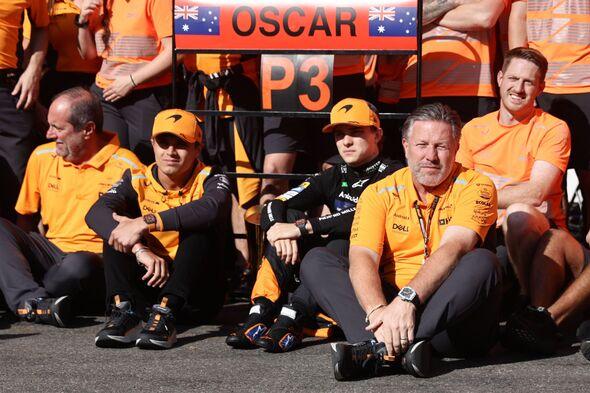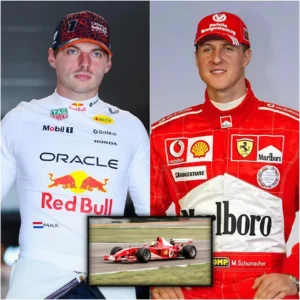The Austrian Grand Prix not only produced a thrilling battle on track, but also a flurry of speculation after the race, with Sky Sports F1 commentator Anthony Davidson raising concerns over possible evidence that Lando Norris was in danger of disqualifying. Norris, who had secured an impressive one-two victory for McLaren by beating team-mate Oscar Piastri, saw his triumph overshadowed by questions over the technical compliance of his car. Davidson pointed to footage spotted during the race that suggested excessive wear to the underbody of Norris’ McLaren, an infringement that could lead to disqualification under strict FIA regulations. FIA president Mohammed Ben Sulayem was quick to speak out, stressing that the rules would be strictly enforced.

The race at the Red Bull Ring was a triumph for McLaren, with Norris battling it out from pole position with Piastri. The British driver held firm under immense pressure to take his second win of the season, gaining valuable points on Piastri in the Drivers’ Championship. However, after the race, Davidson’s SkyPad analysis caught the eye. He noticed a cloud of dust constantly billowing from under Norris’ car throughout the race, which he believed was evidence of underbody wear. “I saw it all race long,” said Davidson. “I think it’s the resin sheet on the car. You can see all these scuff marks. A lot of cars have had this, but Lando’s was more consistent than his team-mate. Maybe I’m worrying unnecessarily, but if they check the sheet after the race, I’ll be interested to see how it goes.”

The FIA’s regulations on underbody panels are strict and leave little room for interpretation. Article 3.5.9 e) of the Technical Regulations states that the thickness of the underbody must be 10mm ± 0.2mm when new, with a minimum thickness of 9mm allowed due to wear. These measurements are checked at specific points on the board. Earlier this season, Lewis Hamilton experienced the consequences of this rule when he was disqualified in Shanghai for excessive wear to his Ferrari’s underbody. This precedent meant that Davidson’s comments immediately raised alarm bells in the paddock.

The FIA was quick to respond to the speculation. After a thorough inspection of Norris’ car, the motorsport governing body confirmed that all checked components met the technical regulations, thus preserving Norris’ victory. Mohammed Ben Sulayem, the FIA president, stressed the importance of strict adherence to the rules: “The integrity of the sport is paramount. We have a zero-tolerance policy when it comes to technical infringements, and all cars are thoroughly checked to ensure fairness.” This statement seemed not only a response to the Norris situation, but also a warning to all teams that the FIA will not compromise when it comes to the technical regulations.

For Norris and McLaren, the outcome was a relief. Team principal Andrea Stella praised the performance of his drivers and stressed that the team was not taking any risks with regard to technical compliance. “We know how strict the regulations are, and we make sure that our cars always operate within the limits,” Stella said. However, the discussion about the underbody continued to linger in the paddock, especially as McLaren have demonstrated several times this season that they have the fastest car, thanks in part to their ability to ride extremely low to the ground for extra downforce. This, combined with the fast and bumpy nature of the Red Bull Ring, could have exacerbated the wear on the underbody.
The speculation surrounding Norris’ potential disqualification cast a pall over what had otherwise been a glorious weekend for McLaren. The one-two finish was a testament to the strength of the team, who have been putting increasing pressure on Red Bull and Ferrari this season. For Norris personally, the win was a much-needed boost after a run of races in which he struggled for consistency in qualifying. As Formula 1 prepares for the Silverstone Grand Prix, the focus remains on Norris and Piastri, who together form one of the strongest driver pairings in the field. The FIA’s swift response and Ben Sulayem’s clear statement have restored calm for now, but in Formula 1, fresh controversy is never far away.






